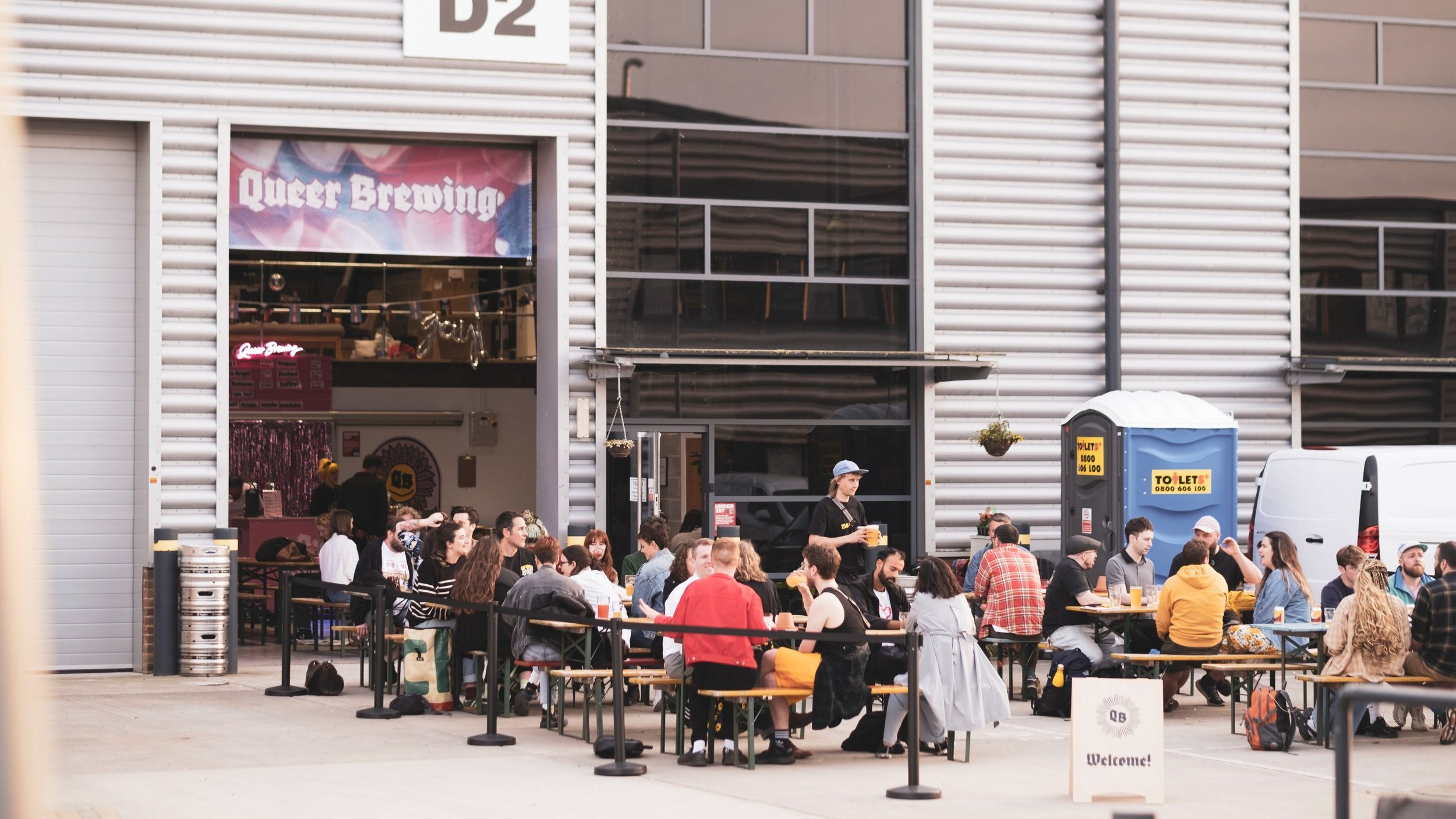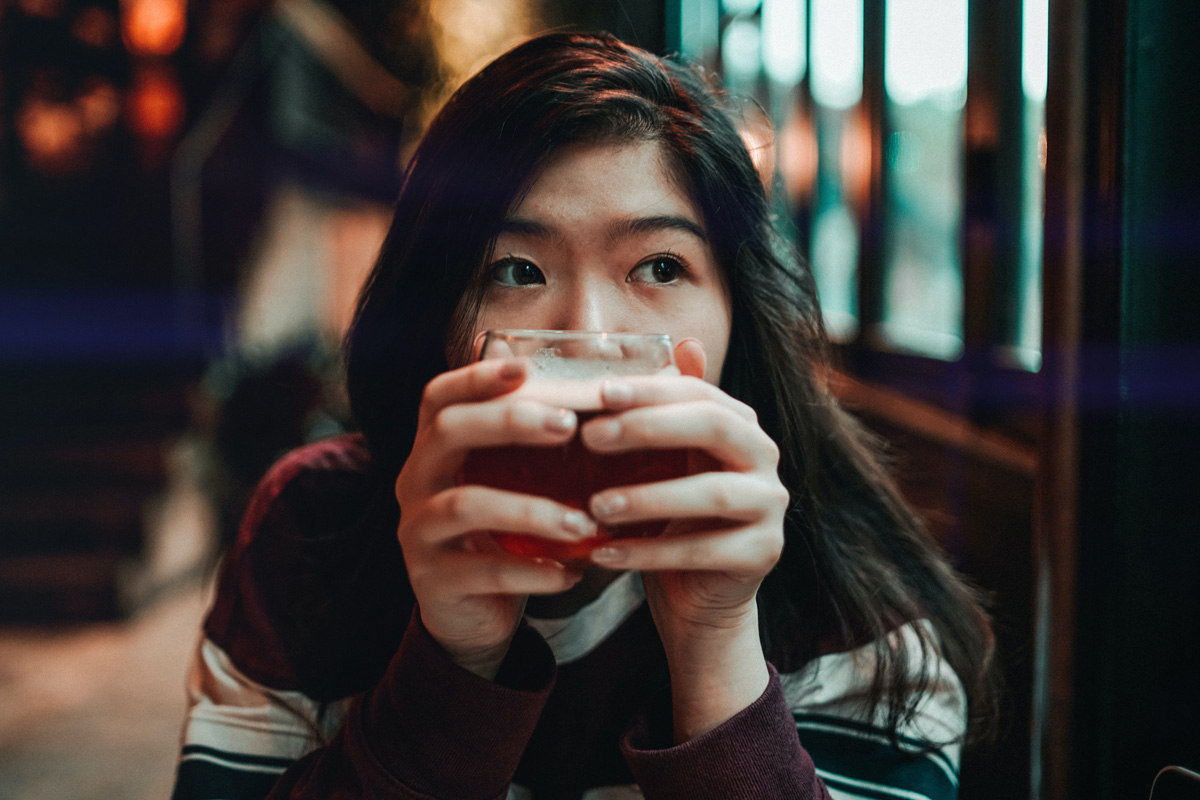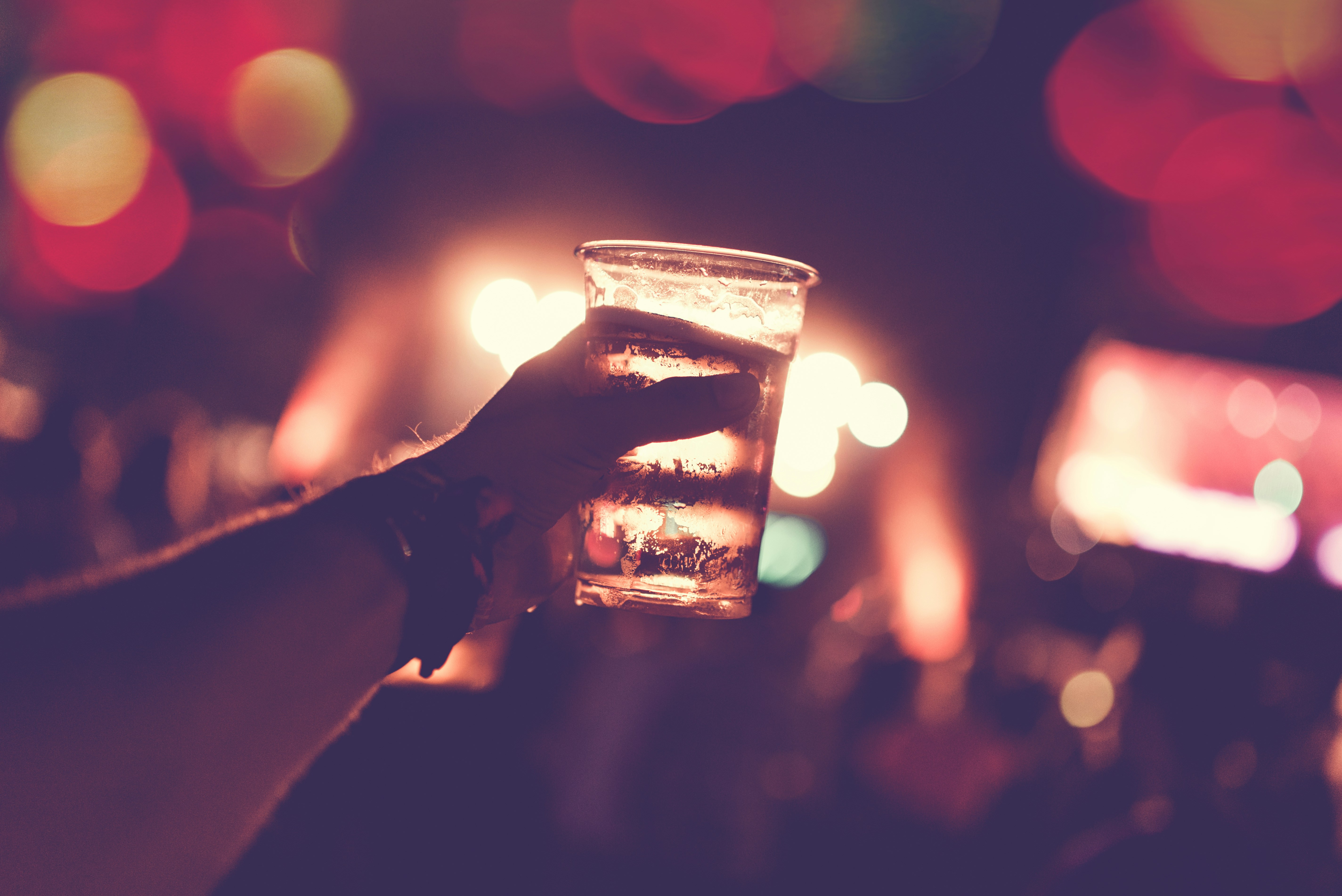As the world’s oldest social drink, beer’s fortunes have long been tied to how and why people find connection. Where that picture changes, we need to be keenly aware of what that means for the industry and how brands can keep up.
Modern drinkers are reshaping connection on their own terms, with knock-on effects for the future of drinking culture, and how beer brands prioritise messaging, products portfolios and experiences. The brands that thrive will be those that recognise: it’s not about shouting louder – it’s about connecting deeper.
Popular narratives of social disconnection paint a gloomy picture for drinks
From rigorous cohort studies to tabloid polemics, perspectives abound on the changing face of social connection, and they frequently lean towards the bleak: highlighting unprecedented loneliness, social disconnection, emotional burnout.

Myriad factors are said to be to blame: our pathological tractor beams toward our screens, the emergence of donut-shaped cities, changing home layouts. If nothing else, the contexts for connection are evolving fast almost everywhere we look.
And where socialising is changing, so are the connections the next generation of drinkers are forming with drinks. Rituals are challenged or given little space to form. In a world where out of home socialising is less frequent the resonance of rounds, after-work beers, longer sessions and even the pub as prime location, is up for question.
Yet there’s a tendency (one marketers are especially guilty of) to treat these shifts as wholly negative. Partly, it’s generational: older cohorts often see younger behaviours as inferior or broken. But it’s also self-serving. When younger audiences don’t engage with our categories the way we’d like, we label it a problem to be solved, instead of questioning whether we’re offering them the right things.
We’re not disconnecting, we’re recalibrating. It’s a new opportunity
But what if these changes aren’t inherently bad? What if they reflect a recalibration? Social connection still serves a vital human function, but its form is changing. Today’s younger generations are more aware of their own energy levels and emotional bandwidth. Solitude is no longer framed as a failure to socialise, but as self-care. There is intentionality in their approach to interaction.
If we want to succeed with new audiences, we have to meet them on their terms. That doesn’t mean throwing everything out, it means being open to a synthesis: understanding what’s still meaningful, while adapting to what’s important now.
Beer is both uniquely challenged, and uniquely poised to take advantage
Few categories are immune to these shifts, but beer is in a particularly unique and arguably vulnerable position, having been consistently positioned around ‘sociability’. TBA consumption is falling, and alternatives like hard seltzers feel more aligned with new preferences, occasions, and social dynamics.
Beer brands have already begun shifting comms spend away from TV towards experiential marketing including creating fuller and richer experiences around the drinks offering. But the real success stories of the next decade will earn relevance with a new generation by pushing further than just ‘the P of place’ – establishing new occasions, rituals and forms of connection.

Beer brands big and small are charting a path forwards
Guinness’s current success speaks to the benefit of creating value beyond liquid: a highly tactile and distinctive drink of has been imbued with new meaning by younger drinkers who are creating their own new rituals.
From the inherent ability to see how much you’ve drunk in your first gulp to the visual cues of a perfectly or imperfectly poured pint, through to the 100+ years of iconography and regalia in its brand, largely untouched – the brand is a treasure trove of physical and visual stimulus from which a new audience has been able to derive their own meaning and ritual - making that beer ‘worth it’ compared to others, for more reasons.
And if you want a more modern example of how beer can (and should) adapt to new drinker mindsets look to Impossibrew.
On the surface the brand is just another of the growing cohort to target a generation of drinkers who either don’t drink or who drink less with its non-alcoholic ‘Social Blend’ formulation promising ‘no headaches’, ‘no hangovers’ and ‘no alcohol-free taste’.
However, what is particularly interesting (and effective) is how the brand moves far beyond its functional benefit and instead roots itself in relaxation, restoration and respite, presenting a draught conceived with the social-battery conscious consumer in mind.
The brand centres its messaging around a drink that allows you to relax and unwind with ‘no social pressure’ and ‘no wasted mornings’, showing an affinity with the modern consumer who socialises and drinks with discernment and intentionality.
The new frontier for beer: experience above and beyond liquid
To earn relevance with a new generation, brands need to rethink not just their messages and where they’re distributed, but what they offer. Reflecting the rhythm of modern life and forming new rituals - from the solo moment of reset, the post-run pint, the shared quiet time between friends. No longer organising portfolios by provenance, packaging, or heritage, and instead thinking more about energy levels, emotional states, social configurations, and value beyond liquid.



